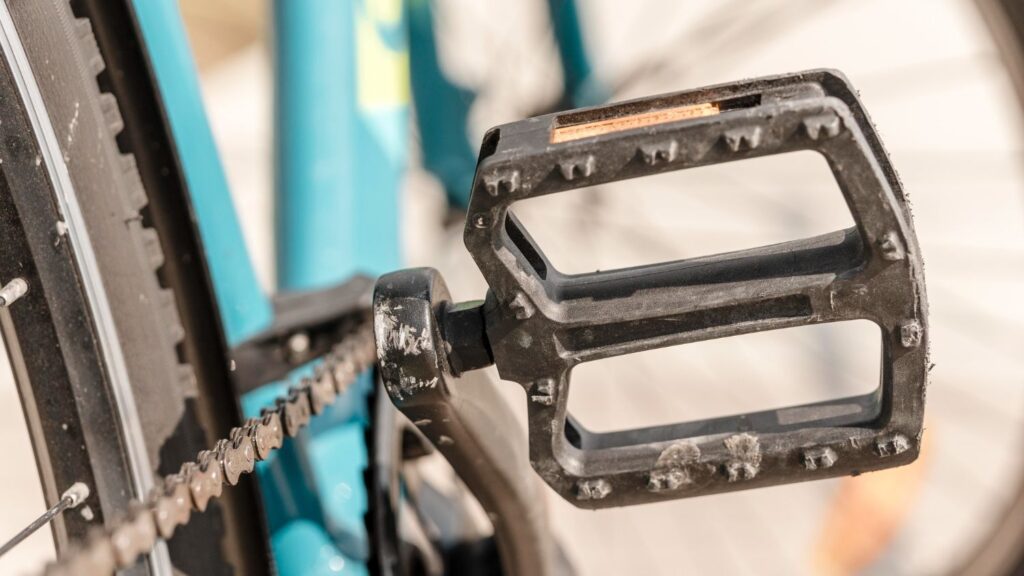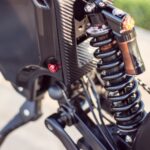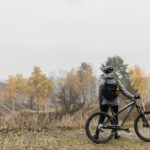Understanding Clipless Pedals
When it comes to mountain biking, gear can make a significant difference in your overall experience. One of the most debated pieces of equipment among mountain bikers is the clipless pedal. Although the term might sound counterintuitive—after all, they’re called “clipless” because they’re designed to be used without traditional toe clips—they actually involve clipping your shoes into the pedals. This raises the question: are clipless pedals better for mountain biking? Let’s dig into the pros and cons.
What Are Clipless Pedals?
Before we get into whether they are beneficial, let’s clarify what clipless pedals are. Essentially, they are a two-part system consisting of:
- The pedal: This part has a mechanism that locks onto the cleat.
- The cleat: Mounted on the sole of the cycling shoe, this allows for secure attachment to the pedal.
This setup is designed to provide maximum power transfer from your feet to the bike. By locking your foot in place, you’re able to pull up as well as push down on the pedals. This means more efficiency on climbs and during sprints.
The Benefits of Clipless Pedals
Alright, let’s talk perks. Why should one consider switching to clipless pedals? There are several advantages that can enhance your riding experience:
Improved Power Transfer
One of the biggest benefits is the increased power transfer. When your foot is locked into the pedal, every bit of your energy contributes to turning the cranks. I noticed that I could tackle climbs with a lot more vigor, and every push felt more productive. That’s a massive win!
Better Stability
Clipless pedals can also improve your stability. This stability can be particularly beneficial during technical descents or when navigating rocky trails. With a secure connection to your bike, you feel more grounded, which helps maintain confidence when the terrain gets tricky.
Consistent Foot Positioning
Another advantage is that they keep your feet in a consistent position. When your foot is properly aligned, you can reduce the risk of knee injuries that can occur due to improper biomechanics. Plus, you’ll minimize any slippage, which can be a real distraction on bumpy trails.
Effortless Foot Release
You might think that being clipped in makes it hard to get out, but most modern clipless pedals have a quick release mechanism. With a simple twist of your heel, you can detach your foot in an instant. This made me feel safer, especially when hitting obstacles or if I needed to put my foot down quickly.
Things to Consider Before Switching
As enticing as clipless pedals may sound, they are not without their drawbacks. Here are some considerations you should keep in mind:
Learning Curve
Switching to clipless pedals means there is a bit of a learning curve. Initially, it might feel nerve-wracking to be clipped in, especially if you are used to traditional platforms. I remember my first time—let’s just say, my bike and I had a pretty entertaining encounter with the ground. Practice is key, and it’s best to get used to them in a safe environment.
Potential for Falls
Let’s be real—even seasoned riders can find themselves fumbling to unclip when things get sketchy, leading to unplanned dismounts. It’s a rite of passage. Initially, you might find that you’re falling over more often than you’d like. But that doesn’t mean it will last forever; with practice, you’ll get used to it.
Initial Costs
Investing in clipless pedals means you’ll also need to purchase compatible shoes, which can add to the cost. Quality pedals and shoes can be pricey, so it’s worth shopping around or considering your local bike shop for recommendations.
Choosing the Right Pedal System
So, if you’re convinced to give clipless pedals a whirl, how do you choose the right system? Here are some aspects to consider:
Compatibility with Shoes
Make sure that the pedals you choose are compatible with your shoes. There are various systems such as Shimano SPD, Crankbrothers Eggbeater, and Look. Each has its advantages, and the right choice often depends on your riding style and personal preference.
Cleat Design
Cleat designs can vary, affecting how easy it is to engage and disengage. Some setups provide a more pronounced “click” when locked in, while others allow for some lateral movement, which can be more forgiving during rough rides. If you’re not sure what to choose, try visiting a store and experimenting.
Pedal Weight
For those concerned about bike weight, it’s worth considering the weight of the pedals. Generally, lighter options can provide advantages for competitive riders but may sacrifice durability. Take a moment to think about your own biking goals and how much weight really matters to you.
Personal Experience
Switching to clipless pedals was a big decision for me. I was nervous at first—wondering whether I’d struggle with balance or end up getting tangled up like a newborn giraffe trying to stand. But after some initial wobbles, I gradually fell in love with the control and efficiency they provided. On steep climbs or during exhilarating descents, every move felt connected.
In a group ride, I noticed that others were shifting gears while I was able to climb steadily, confidently, and without missing a beat. The experience of being “one” with my bike was liberating—and honestly, I can’t imagine going back to flat pedals after the freedom and performance I found.
Conclusion
So, are clipless pedals better for mountain biking? The answer largely depends on your personal preferences and riding style. They come with several benefits, such as improved power transfer, stability, and injury prevention. However, they also introduce a learning curve and potential for some awkward falls.
If you’re up for the challenge, switching to clipless pedals could enhance your riding experience. Just remember to give yourself some time to adjust, and don’t hesitate to reach out to fellow riders for tips. Embrace the journey, and soon enough, those clipless pedals could become your best biking buddies!






